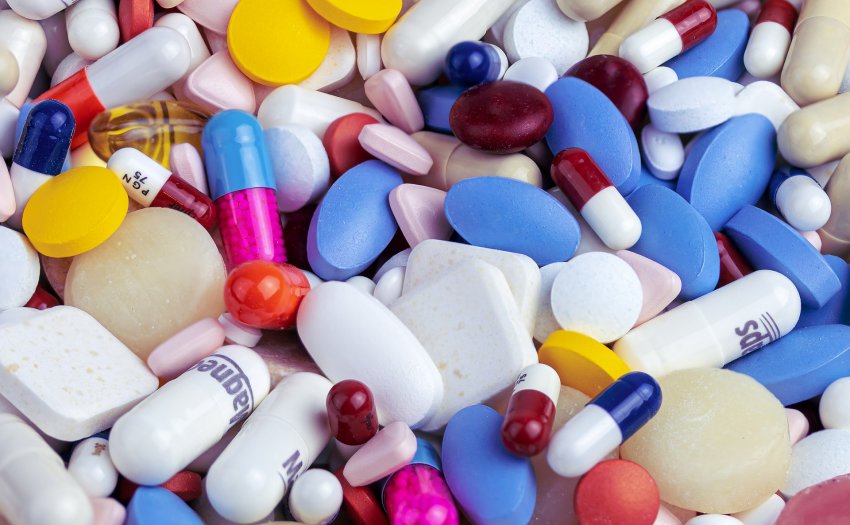
While Australia, a rich country, is in the fortunate position of being able to provide free vaccinations for most people, the federal government has had to compete on the market to buy them because it no longer has a publicly-owned pharmaceutical manufacturer.
The Commonwealth Serum Laboratories (CSL), a world-leading, government-owned medical research and production facility, was once the principal supplier of vaccines and anti-venenes and the sole manufacturer of blood products. It was sold off in 1995 by the federal Labor government under Paul Keating.
If it had stayed in public hands, Australia would now be in a better position to assign resources to research and produce an effective anti-COVID-19 vaccine and help our struggling neighbours including Papua New Guinea, the Pacific Islands, Indonesia and Malaysia.
At the time of its privatisation, CSL indicated it would cease producing anti-venenes necessary to prevent deaths, but which were not profitable.
The CSL was established during World War I, in 1916, to research and produce vital medicines. Its achievements include: early production of insulin for treatment of Australian diabetics (1923); the development of a tetanus vaccine (1938); the development of a combined vaccine for diptheria, tetanus and whooping cough (1953); and the rapid adoption and production of a polio vaccine (1956).
The privatised CSL now boasts that it makes more than $8 billion a year in revenue.
The Queensland Greens reported on a 1995 study by Clive Hamilton and John Quiggin which found that the cost of CSL’s privatisation added up to more than $600 million because the government was now forced to buy the crucial blood products that CSL once produced.
“It is clear now that the ultimate cost is almost certainly much higher, given that in 2009 the CSL produced the world’s first swine flu vaccine, for which the federal government was forced to spend over $139 million purchasing 21 million doses,” the Greens said.
University of Queensland Professor Quiggin calculated that Australia will be paying almost $1 billion to CSL “for pharmaceutical products which were developed when we owned it”.
“In 30 years of privatisation in Australia, there has not been a single case where the public would not have been at least as well off if the asset had remained in public ownership,” he wrote in November.
The federal government has agreed to pay the $1 billion over 10 years for a new vaccine manufacturing plant in Melbourne, in a deal with CSL subsidiary Seqirus, now a global, private pharmaceutical giant.
When it was publicly owned, CSL developed medicines against several toxins and venoms against all the major Australian land snakes and the first Q fever vaccine.
At the time of its privatisation CSL’s share price was at the bargain basement rate of $2.30. Quiggin said that investors “ended up getting their money back 500 times over” beating the massively oversubscribed float of the Commonwealth Bank.
Since Australian governments began the process of privatising government assets in the 1980s, a vast array of services and government enterprises have been privatised at federal, state and local government levels.
Green Left reported in 2000 on how widespread the government-sponsored privatisations and contracting out had extended. The list included: hospitals and health services; schools, universities, TAFE colleges and other educational institutions; prisons; gas; water; electricity; telecommunications (Telstra); banking (Commonwealth Bank); public transport; ports and shipping lines (Australian National Line); rail freight; emergency services; airports; airlines (QANTAS); information technology; CSL; defence industries; child-care; forests; roads and bridges; nursing homes; the TAB; and a wide range of local government services.
Some government assets were sold directly to private investors and some were floated on the stock market such as the Commonwealth Bank, QANTAS, CSL and Australian Defence Industries. Some state government-owned electricity, gas and water utilities were sold. In 1998, at least 15 hospitals were sold.
This neoliberal offensive has severely weakened the public sector and it is well past time to reverse the process.
The Greens have proposed a new Queensland Public Pharmaceutical Company (QPCC) that would focus on research and the production of vaccines, antibiotics, drugs and other supplies that private pharmaceutical corporations deem unprofitable; work with universities and public medical research teams to produce new drugs; and produce cheap generic drugs which would reduce the amount of public money that goes to private pharmaceutical corporations.
The coronavirus pandemic and its effects represent a public health and economic crisis here and abroad. Emergency measures are essential now.
The Queensland Greens point out that ultimately, the QPCC will “be a profitable arm of the government”. It would also “provide savings by reducing the money Queensland Health spends on acquiring drugs from profit-hungry multinational pharmaceutical corporations”.
We need a similar approach nationally, and a re-nationalised CSL, with elected and transparent governing structures, would be a good place to start.
As the debate over the efficacy and availability of various privately marketed anti-COVID vaccines intensifies here and internationally, the time to re-establish our own critical public medical institution is right now.